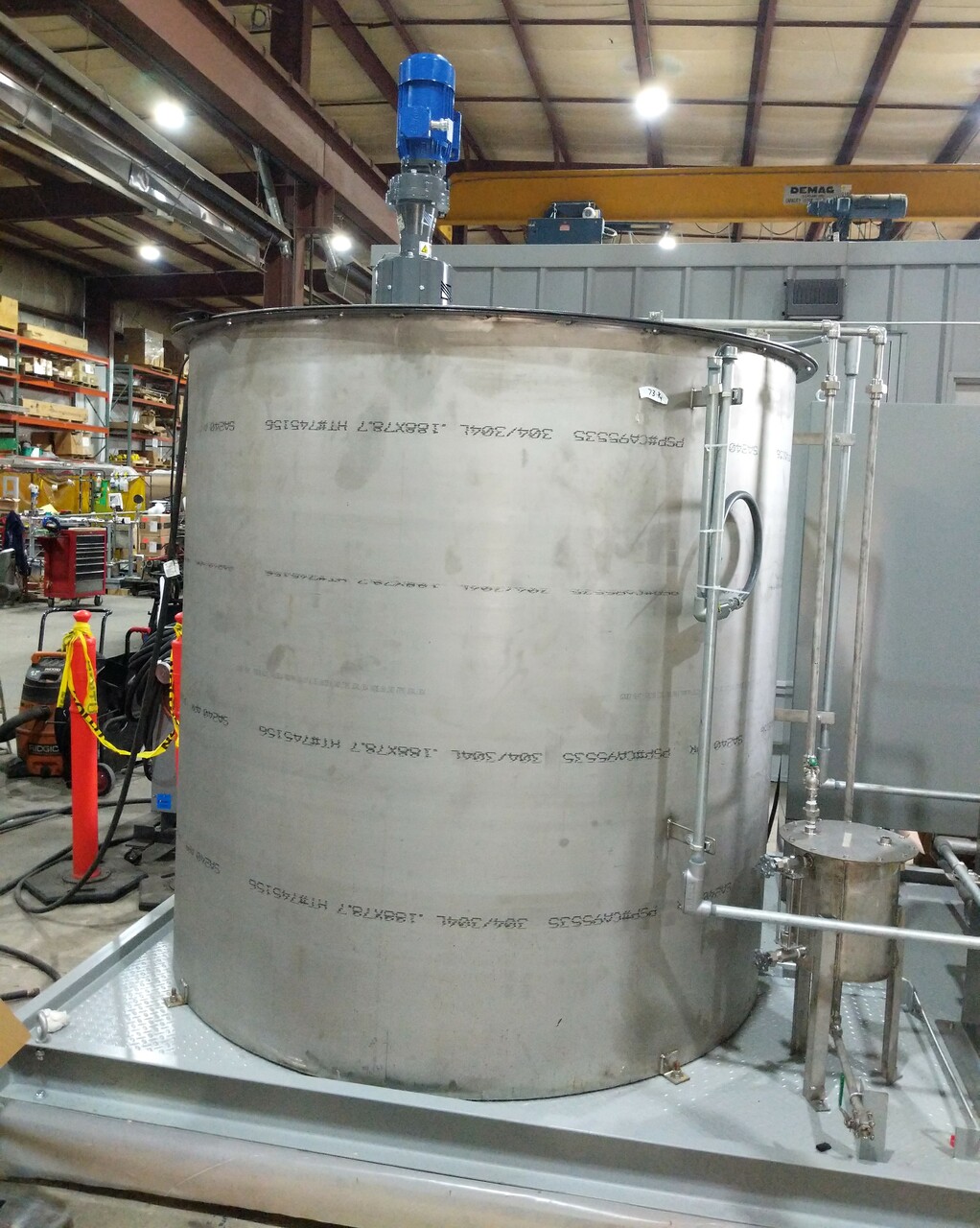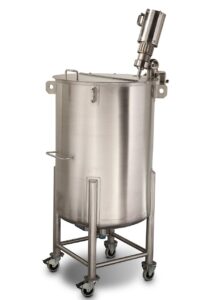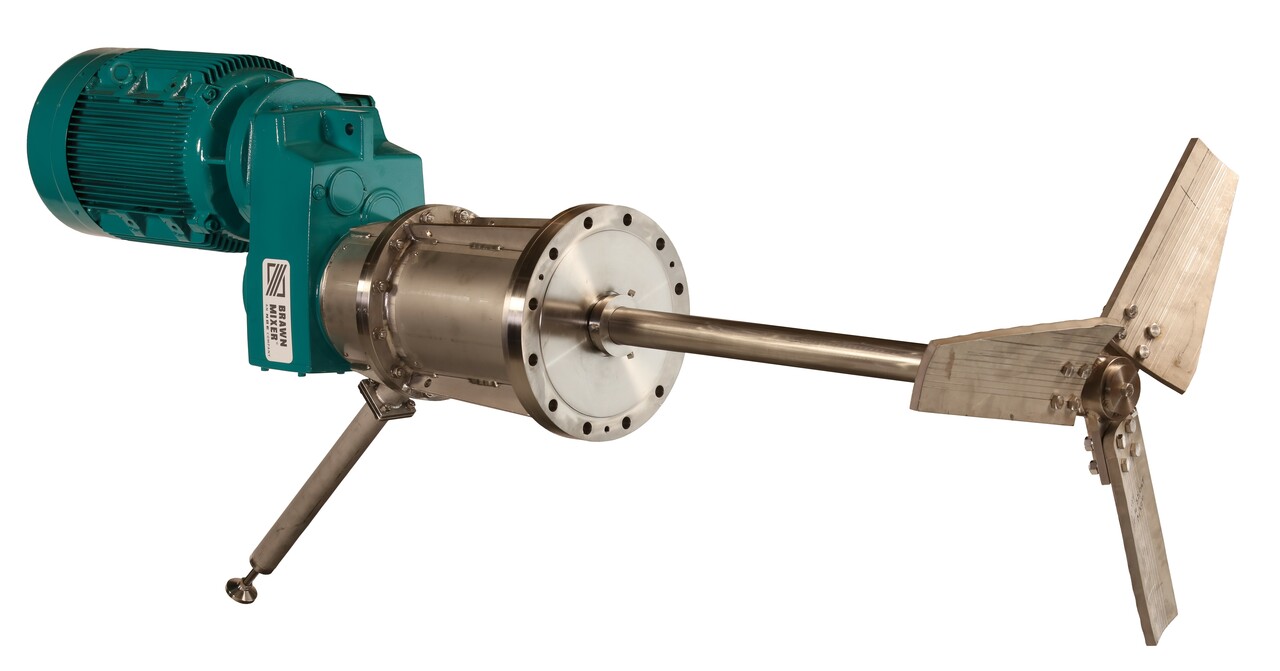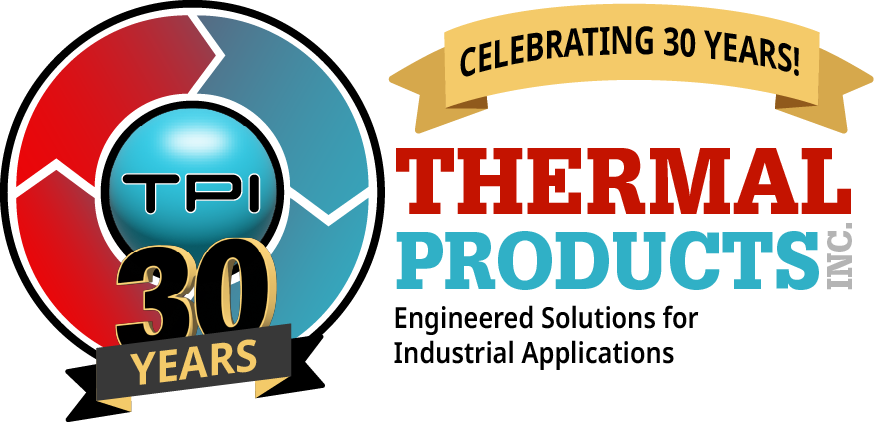What is Needed to Design and Quote a Process Mixer?

When we design and engineer a mixer, there are several important factors in your process to consider. Here are four key points:

1. Tank Type & Volume
- The type of tank the mixer will be mounted on is good information to know. Whether it is cylindrical, rectangular, or custom-shaped will influence the mixing efficiency and flow dynamics. The tank volume determines the scale of mixing and will impact the choice of impeller(s) or, mixer speed, and power requirements.
- How you wish to orient the mixer is also important. Whether the mixer is mounted in the center, off center, angled or side entry to the tank is critical knowledge to have when in the design phase.
- What mounting is needed for your project? Flange mount, clamp, beam mount? We can also design a custom mixer lift, enabling the mixer to be lifted to a point to clear the tank you are mixing in. The lift can be portable in operation allowing use with varying tanks in your process.
- Will your tank bottom be dished or flat?
- It’s essential to match the tank size with the expected batch or continuous production needs.
2. Fluid Viscosity

- The viscosity of the fluids being mixed directly affects the choice of mixing equipment. High-viscosity fluids require more powerful mixers and specialized agitators to ensure effective blending.
- Different fluid viscosities may necessitate adjustments to the mixing speed and type of mixing mechanism such as the impellers or gear box design.
- It is critical to note what temperature the viscosity was measured. A second point of measure would enable an even tighter design as we can model the mixer reaction during operation.
3. Specific Gravity

- The specific gravity of the fluids determines how they will behave under mixing, influencing the energy required for agitation. Liquids with higher specific gravity may require more robust mixing equipment.
- It also affects the design of the impeller and the mixer’s ability to achieve homogeneous blending, particularly when combining liquids with varying densities.
4. Environmental & Process
- The operating environment, such as the points below, influence the materials, thicknesses and equipment used for the mixer’s construction and the sealing methods.
- Operating temperature
- Operating pressure
- Sanitary conditions
- Any hazardous environments
- Voltage for electric motors or air pressure available for air powered mixers
- Process parameters, such as whether the mixing is continuous or batch-based, the need for heating or cooling, or requirements for specific outcomes like dispersion (even mixing), emulsification (mixing of multiple liquids), or homogenization, will instruct the selection of appropriate mixer design features by our design engineers.
The points above assist us in ensuring the mixer is designed to meet the performance, durability, and safety requirements for your specific application. We also have a RFQ questionnaire that you might find easier to use in an effort to ensure all require design data is available to us for a complete offering to our customer. Or if you would rather have a phone call or a site visit from one of our sales engineers, we would love the opportunity to discuss that with you and get that scheduled.



